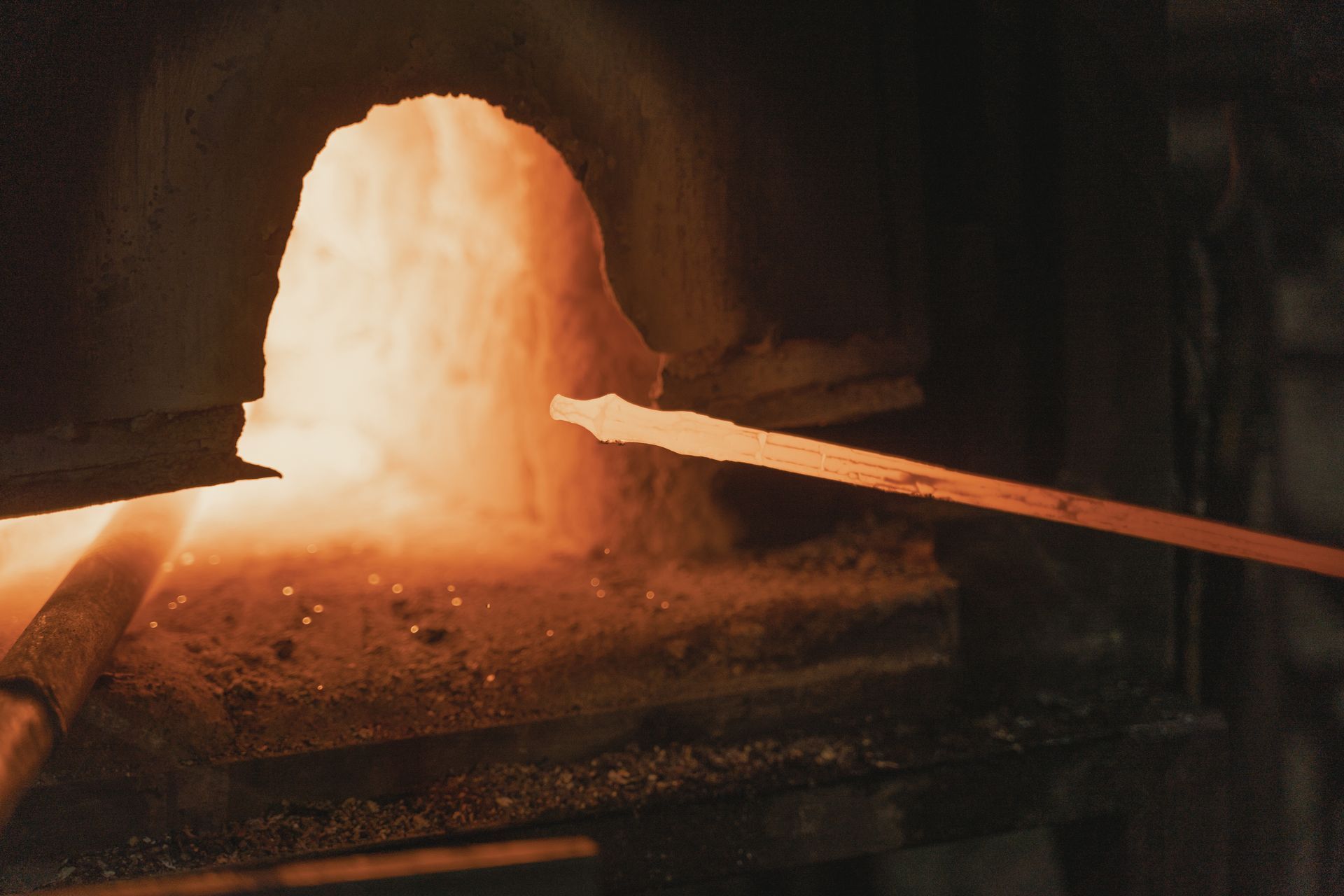Enhancing Your Hammer: A Guide to Putting a Handle on a Hammer
In the world of blacksmithing, a hammer is an extension of the craftsman's arm—a trusted tool that aids in shaping and forming metal. However, a hammer is only as good as its handle.
In this guide, we will walk you through the process of putting a handle on a hammer, ensuring a secure and comfortable grip for efficient and precise strikes.
Step 1: Selecting the Right Handle Material
Choosing the appropriate handle material is crucial for durability and functionality. Traditional options like hickory or ash wood are known for their strength and shock absorption. Ensure that the wood is dry and free from knots or cracks, which could weaken the handle over time.
Step 2: Preparing the Hammerhead
Before attaching the handle, prepare the hammerhead by removing any debris or rust. Ensure that the eye of the hammerhead is clean and free from any obstructions. Use a wire brush or sandpaper to clean the surface, allowing for a tight fit.
Step 3: Fitting the Handle
Carefully insert the handle into the eye of the hammerhead. The handle should fit snugly, with minimal gaps or play. Use a rasp or file to gradually shape the handle to match the contour of the eye, ensuring a tight and secure fit.
Step 4: Securing the Handle
Once the handle is fitted properly, it's time to secure it in place. Traditionally, wooden wedges are used for this purpose. Cut a couple of small wooden wedges from the same material as the handle. Insert them into the kerf cut on the top of the handle, ensuring that they are perpendicular to the grain. Hammer them firmly, expanding the wood to create a secure wedge effect. Trim any excess wedge material.
Step 5: Finishing Touches
Smooth any rough edges or splinters on the handle using sandpaper. Apply a protective finish to the handle, such as boiled linseed oil or varnish, to seal the wood and enhance its longevity. Allow the finish to dry completely before using the hammer.
By following these steps, you can successfully put a handle on a hammer, enhancing its functionality and ensuring a comfortable grip. Remember, a well-crafted handle is crucial for precise strikes and efficient metalworking. At Drakon Forge, we prioritize the quality and craftsmanship of our tools, and we hope this guide empowers you to enhance your own hammers with expert precision.
If you're in need of high-quality hammers or other blacksmithing tools, visit Drakon Forge to explore our wide selection. Our commitment to excellence extends to every aspect of our craft, from forging to handle assembly, to ensure optimal performance in your metalworking endeavors.
Share


